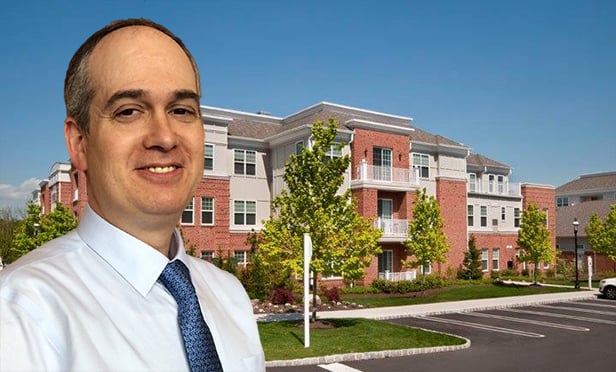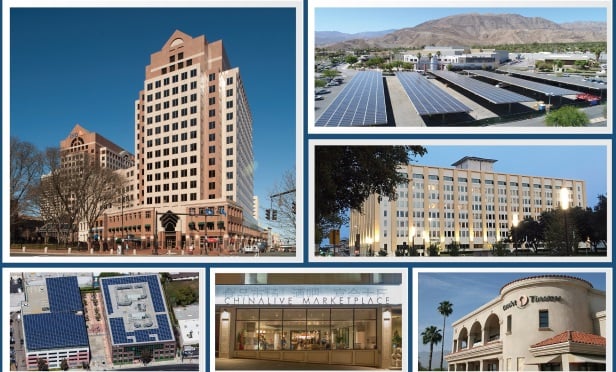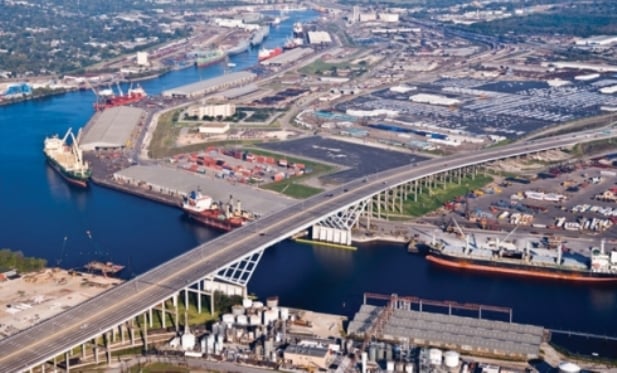As demonstrated by the
recent success of LA's Better Building Challenge, California is committed to reducing the environmental footprint of its construction industry. The State's
Green Building Standards Code, better known as
CALGreen, is currently being updated to further advance green building practices. The updated code goes into effect on January 1, 2014. In 2011 it was estimated that a reduction of 3 million metric tons of greenhouse gases by 2020 could be achieved as a direct result of the requirements of CALGreen. It is hoped that with the new updates, which continue to push the envelope on green building mandates , California's construction industry can take an even larger step toward meeting the State's
greenhouse gas emissions reduction goals. My company
Partner Energy has provided consulting services to over a dozen
projects to comply with the CALGreen requirements. From working with developers, architects, building officials and inspectors, we have accumulated a wealth of expertise on the subject. Let's take a closer look at the standards and how you can prepare for the
updates:
So what is CALGreen?CALGreen was originally developed in 2008 as a
voluntary compliance document. On January 1, 2011 the
Green Building Standards code became mandatory for all buildings in the state of California. CALGreen is the nation's first statewide green building code. It established uniform minimum green building standards – some mandatory and some voluntary – aimed at reducing the environmental impact of residential, commercial, and public building construction practices. Simply put, CALGreen establishes the 'floor' for minimum performance levels, while the 'ceiling' is set by other third party certification systems such as Leadership in Energy & Environmental Design (
LEED). CALGreen applies throughout the full life of a building - from design to construction, operation and occupancy – and focuses on: |
- Planning and Design
- Energy Efficiency
- Water Efficiency and Conservation
- Material Conservation and Resource Efficiency
- Environmental Quality
- Additions and Alterations
It requires buildings to employ smart design strategies that incorporate energy and water conservation and waste diversion measures along with the use of renewable, recyclable and recycled materials. Upon announcing CALGreen, the
California Building Standards Commission said it hoped the code would “…incorporate environmentally responsible buildings into the everyday fabric of California cities without significantly driving up construction costs in a slow economy”. It has been shown that in addition to reducing greenhouse gas emissions and operational costs, green building practices also significantly improve occupant comfort and productivity levels.
Change is on the horizonEffective January 1, 2014, a number of key changes will significantly expand the scope and the impact of the new code: |
- Clarified and Expanded Language
Language throughout the document has been expanded to more specifically define the scope of CALGreen. In particular, the updated code clarifies that in addition to commercial new construction, certain mandatory energy efficiency requirements also apply to Residential buildings (both low-rise and high-rise) and to Additions and Alterations. In the current code, both of these building groups fall into a 'grey area', leaving building owners free to determine whether or not to follow the provisions. Come January 1st , all projects that fall into these categories – including multifamily construction, various renovations, hotel/motel buildings etc – will be required to comply with CALGreen regulations. Michael Nearman, Deputy Executive of the Building Standards Commission – says that “About 90 percent of the impact for green construction is going to be realized in existing buildings through remodels, additions and alterations. (..) so we are hoping that including [these structures] will really give full force to the code”. |
Updated measures within CALGreen include: a 20% reduction of water use is now prescriptively designated (Section 4.303.1); rodent proofing requirements have been adjusted (Section 4.406.1); and the compliance rate of resilient flooring is increased from 50% to 80%, with related changes made in Tier 1 and Tier 2 resilient flooring measures. |
The new code has added: prescriptive requirements for water-conserving plumbing fixtures and fittings, including reduced flow rates for water closets, urinals and showerheads (Section 4.303.1.1-4); a standard for the combined weight of construction and demolition waste disposed in landfills to be …”equal to or less than2 pounds per square-foot of the building area” (Section 4.408.4.1 [HR+]); and a new section that sets standards for refrigerator leakage reduction, refrigerant piping, receivers and other related items (Section 5.508.2). These upcoming changes will really help to clarify the requirements for alterations, remodels, and renovations. These areas, under the current requirements, are not as well defined and our team often has to seek out specific guidance from local building department officials to confirm how they will be enforcing the code.
Ensuring compliance with CALGreenCALGreen is a statewide code; however, it is adopted at the local level, which means that all jurisdictions in California are required to adopt the mandatory base provisions. They may also choose to add additional requirements as they see fit.
Partner Energy has found that the enforcement varies from jurisdiction to jurisdiction. Some cities have very advanced compliance protocols in place, while others do not as they have not seen a major uptick in new construction to require such stringent protocols. So how do you know which regulations are relevant to you, and if your project is compliant? Before construction, a design review of the project plans should be conducted by a
sustainability consultant that will assess the building's compliance -and if required, recommend modifications to achieve compliance - under the appropriate building codes. This review can also serve as a quality assurance and coordination review to ensure all design and construction disciplines address the code requirements. Compliance requires all team members, including the architect, engineers, contractor and owner play a role in meeting the green building standards. Following this, the main task for compliance is
Commissioning. For all non-residential buildings over 10,000 square feet, functional performance testing of all energy systems (HVAC, electrical, domestic hot water, controls, and irrigation) is required. Commissioning is a full-building analysis of these systems to ensure optimal system performance, reduced energy usage, reduced waste, and lower operating costs. This
quality assurance process begins during design phase and continues through construction, occupancy, and operations of new construction. For projects less than 10,000 square feet or for smaller scopes of work, commissioning is not required, but testing, adjusting and balancing of the
HVAC system must still be performed.
So it's time to get moving! The expanded scope will significantly increase the number of projects that must comply with CALGreen starting January 1st, so this is the time to consider how the changes will impact your project. Firstly, the deadlines:
All project construction documents submitted to the building department for plan check on or before December 31, 2013 will be assessed under current CALGreen standards, while all projects submitted after this date must comply with the future code. So, if your project will not be submitted before the end of the year, now is the time to get familiar with the new requirements to make sure that your building is being designed to be compliant.A number of
documents summarizing the
changes are available on the CALGreen website that will help to clarify exactly which buildings are now included under the code's regulations.








